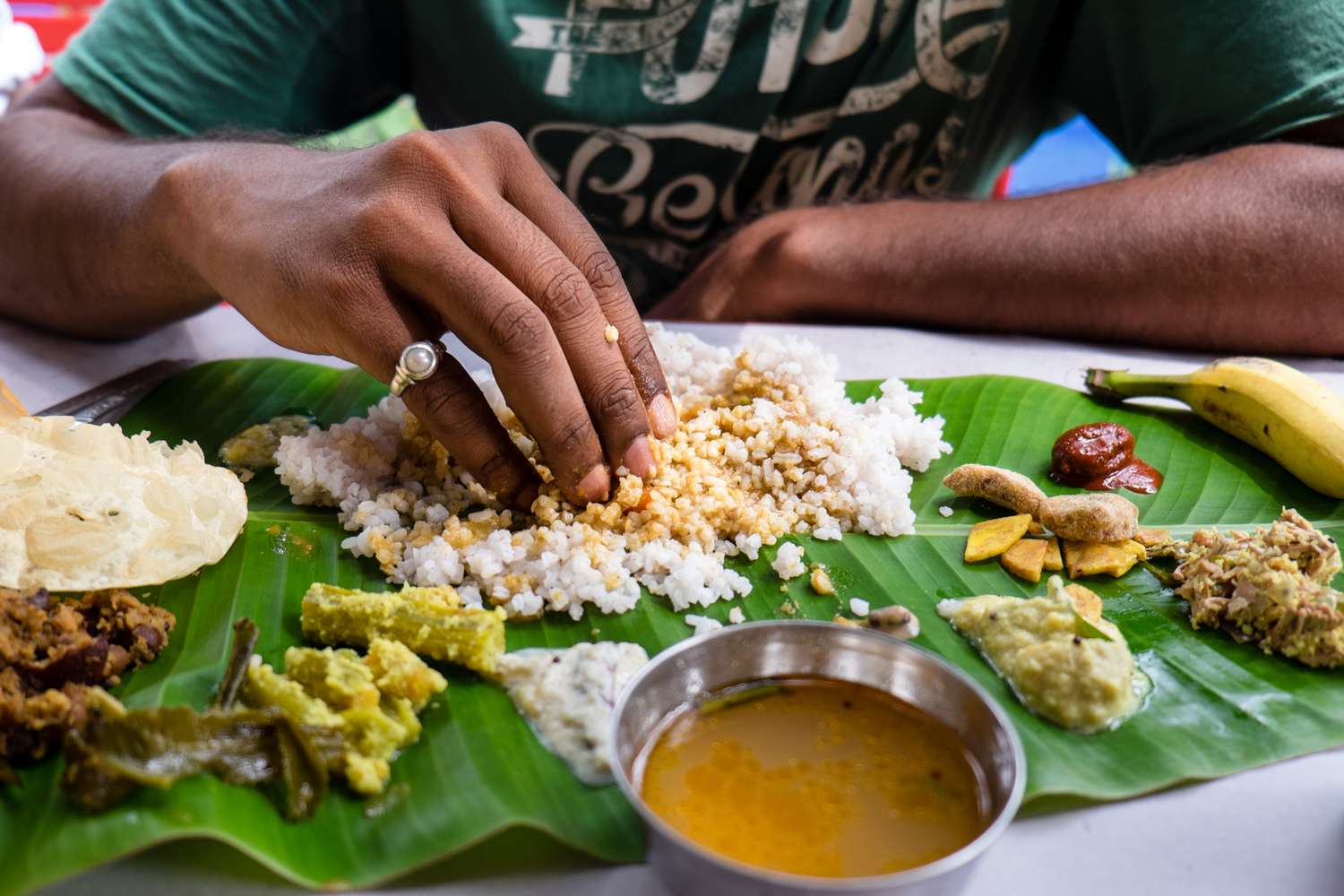Why eating with your hands feels better

But beyond cultural significance, research suggests that eating with your hands enhances taste, increases enjoyment, and even helps regulate appetite.
In many African cultures, eating with your hands is more than just a way to consume food, it is a tradition deeply embedded in community, heritage, and sensory experience.
Across the continent, from ugali in Kenya to injera in Ethiopia and fufu in West Africa, meals are often enjoyed without utensils, reinforcing a connection between the eater and the food.
More To Read
- Somalia water crisis: Funding cuts leave 300,000 without safe water as cholera cases surge
- Your phone is covered in germs: Tech expert explains how to clean it without doing damage
- Why vintage silverware and cutlery are making a stylish comeback in Kenyan homes
- You’re not cleaning your tiled, wooden floors properly - here’s how to do it right
- Clean hands, safe bites: Why everyday food habits matter more than you think
- Why you shouldn’t make your bed right away, and what science says about it
But beyond cultural significance, research suggests that eating with your hands enhances taste, increases enjoyment, and even helps regulate appetite.
So why does food feel better when eaten by hand? Science and tradition both have compelling answers.
The science behind eating with your hands
Research published in the Journal of Retailing found that touching food directly enhances its appeal.
The study, led by Adriana Madzharov of the Stevens Institute of Technology, investigated how eating with hands influences perception and consumption. The results revealed that:
Food feels more appetizing and enjoyable when touched directly, as it creates a stronger sensory connection.
Eating with hands can increase appetite, which is particularly helpful for picky eaters or children struggling with food intake.
Using utensils can reduce cravings, making it beneficial for individuals trying to eat less.
This explains why it is so hard to stop picking at popcorn, fries, or nyama choma, and why eating pizza or chapati by hand just feels right.
Why many Africans prefer eating with hands
1. A deep cultural connection
In many African homes, food is about more than just nourishment, it is about togetherness and shared experiences.
Meals are often communal, with family members either eating from the same plate or eating together at the same time.
In Kenya, for instance, ugali is best eaten with Sukuma wiki or beef by hand.
The process of scooping and shaping the food adds an interactive element that heightens the overall experience. This method of eating has been passed down from generation to generation.
Other Topics To Read
2. Taste and texture enhancement
Touch is a powerful sense, and interacting with food before eating it enhances its taste and texture.
You get to feel the texture of the food, even when eating with your eyes closed.
Feeling the crispiness of a samosa, the softness of mandazi, or the fluffiness of chapati creates a stronger anticipation of flavour, making the meal even more satisfying.
3. Encourages mindful eating
When using cutlery, it is easy to eat quickly and absentmindedly.
Eating with your hands naturally slows you down, making you more aware of portion sizes and flavours. This method of eating encourages better digestion and portion control, reducing the likelihood of overeating.
4. Possible digestive benefits
In some traditional beliefs, including Ayurveda, eating with hands is thought to prepare the digestive system.
The theory, according to them, suggests that natural bacteria on clean hands interact with enzymes in the mouth and stomach, aiding digestion.
While science is still exploring this idea, many cultures continue to uphold the belief that hand-eating has health benefits beyond just taste.
5. Eating with hands and children's appetite
If you have a child who struggles with food, letting them eat with their hands might help.
Even if you spoon-feed them at the same time they feed themselves.
The Journal of Retailing study found that touching food stimulates appetite and increases enjoyment, especially for young children.
Allowing kids to interact with their meals can make eating feel like an engaging activity rather than a chore.
However, maintaining good hygiene is essential.
Always wash hands thoroughly before and after meals to ensure cleanliness and prevent contamination.
So, eating with your hands is not just a tradition, it enhances flavour, strengthens cultural ties, and can even make meals more enjoyable.
Whether you are savouring mutura from a local street vendor or breaking injera at a family gathering, there is something deeply satisfying about hand-eating.
So the next time you are about to grab a fork, a knife or a spoon consider going the traditional way.
You might just find that food tastes better when enjoyed the way our ancestors intended, by hand.
Top Stories Today










































